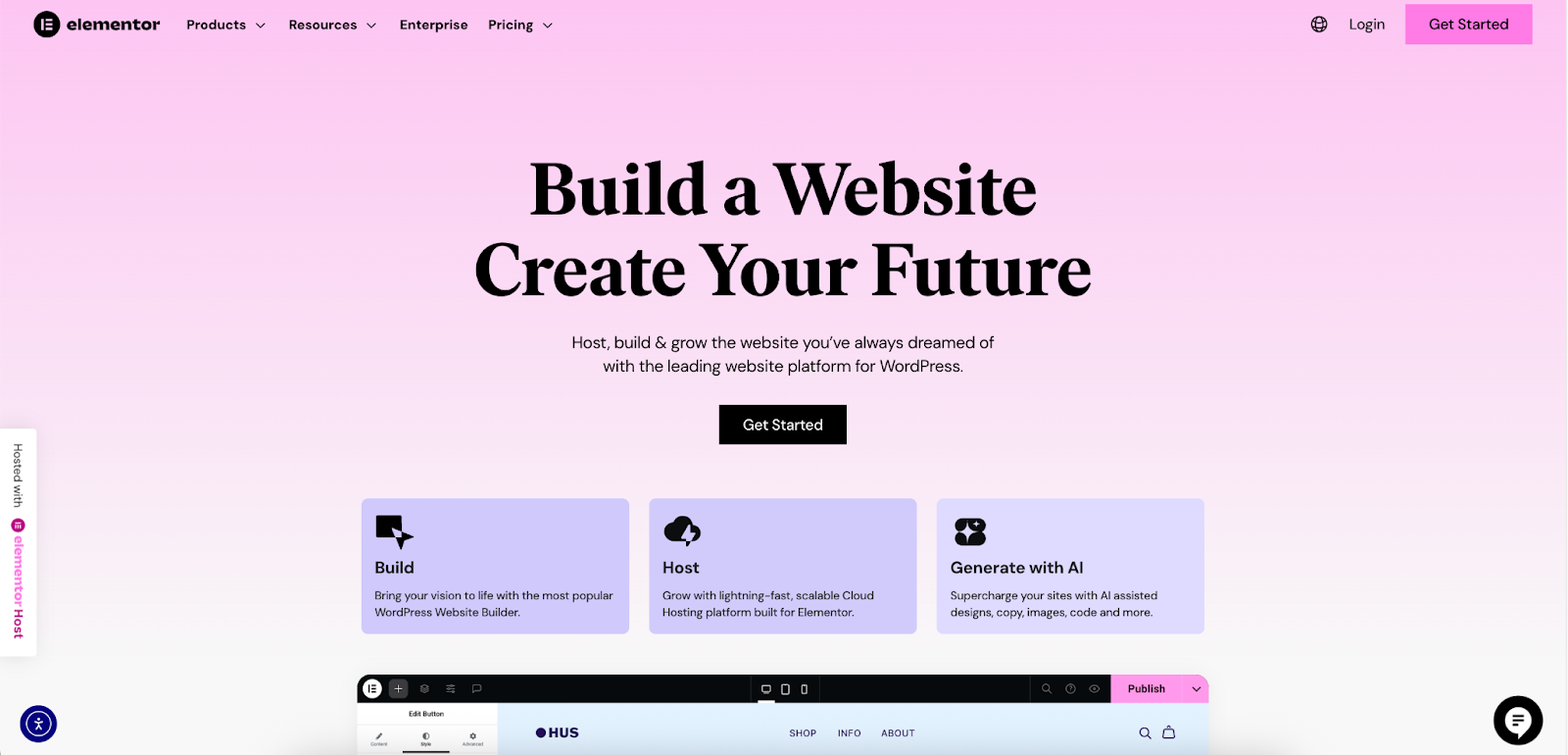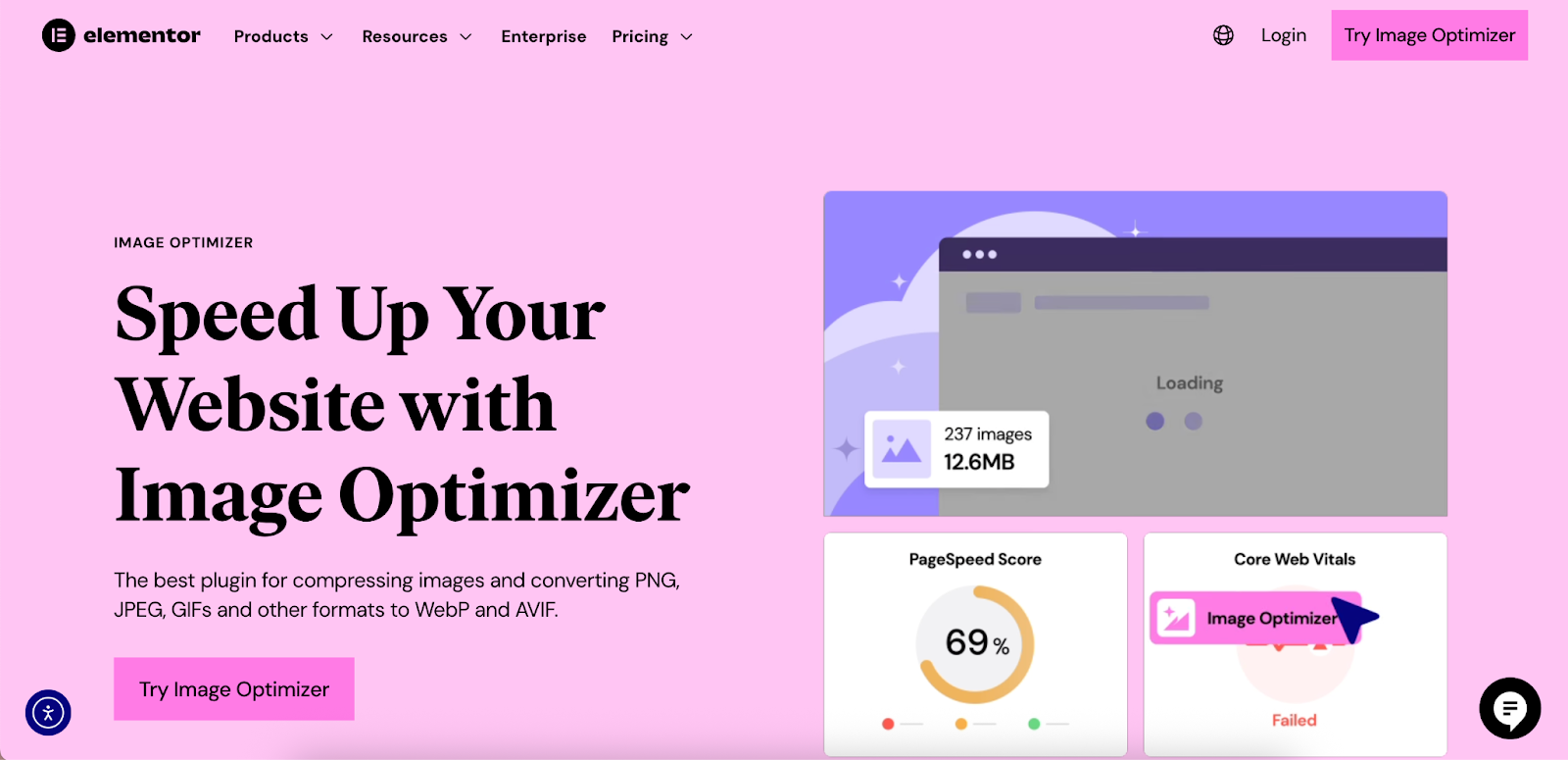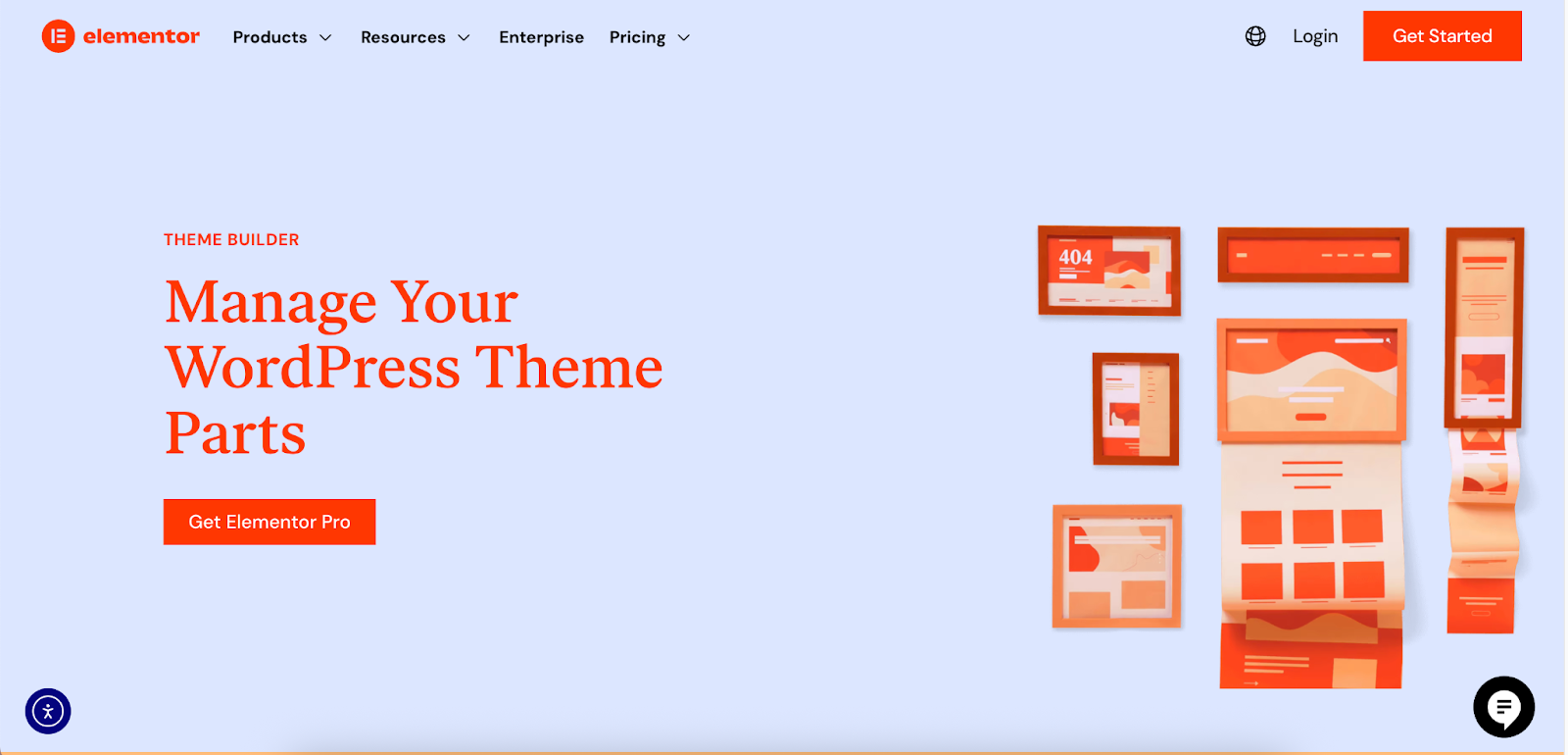Table of Contents
This comprehensive guide breaks down the essential strategies and techniques you need to understand and implement to improve your website’s ranking. We will explore the foundational pillars of Search Engine Optimization (SEO), including content quality, on-page optimization, technical SEO, user experience, and off-page authority building. By the end, you will have a clear, actionable roadmap to enhance your site’s performance and climb the Google ranks.
Understanding Google’s Ranking Philosophy: E-E-A-T and User Intent
Before diving into specific techniques, it’s crucial to understand the philosophy that underpins Google’s ranking system: E-E-A-T, which stands for Experience, Expertise, Authoritativeness, and Trustworthiness. Google aims to reward content that demonstrates a deep, first-hand understanding of a topic and is created by credible sources.
- Experience: The content creator has practical, first-hand involvement with the topic. For instance, a product review written by someone who has actually used the product.
- Expertise: The creator possesses a high level of knowledge or skill in the subject matter.
- Authoritativeness: The website and the creator are recognized as go-to sources in their field. This is often validated by mentions and links from other reputable sites.
- Trustworthiness: The site is secure, transparent, and provides accurate information. Contact information, clear policies, and a professional design contribute to trust.
Alongside E-E-A-T, understanding search intent is fundamental. You must identify what a user is truly looking for when they type a query. Are they seeking information, looking to make a purchase, or trying to find a specific website? Aligning your content with the user’s intent is a critical first step toward ranking.
The Cornerstone of SEO: Creating High-Quality, Relevant Content
Content is the backbone of any successful SEO strategy. Without valuable, well-crafted content, other optimization efforts will have little impact. Google’s algorithms are increasingly sophisticated at distinguishing between high-quality, helpful content and low-value, generic material.
Write for Your Audience, Not Just for Search Engines
The most effective content directly addresses the needs and questions of your target audience. Think about the problems they are trying to solve and create comprehensive resources that provide clear, actionable solutions.
- Be Original and Comprehensive: Don’t just rehash what other websites are saying. Offer a unique perspective, provide in-depth analysis, and cover the topic more thoroughly than your competitors. Content that is over 1,000 words and provides complete answers to user queries often performs better in search results.
- Maintain Freshness: Regularly review and update your existing content. Add new information, update statistics, and remove outdated details to ensure your content remains relevant and accurate.
- Use Clear and Organized Formatting: Structure your content with clear headings (H1, H2, H3) and short, easy-to-read paragraphs. Utilize bullet points, numbered lists, and bold text to break up long sections and make the information digestible for readers who are scanning the page.
Leveraging AI for Content Creation
AI tools can be powerful assistants in the content creation process, helping to generate ideas, outlines, and even initial drafts. However, it’s essential to use them responsibly. Google’s focus is on the helpfulness and originality of the content, regardless of whether it was written by a human or an AI. Always review, edit, and add your own unique experience and expertise to any AI-generated text to ensure it meets the standards of E-E-A-T.
For web creators using a platform like Elementor, integrating content is a straightforward process. The drag-and-drop editor allows for the flexible placement of text blocks, headings, and multimedia, making it simpler to structure your content in an organized and visually appealing way without writing code.

On-Page SEO: Optimizing Your Content for Visibility
On-page SEO involves optimizing the individual elements of your web pages to help search engines understand their content and context. This is where you signal the relevance of your page to specific keywords.
Strategic Keyword Research and Placement
Keyword research is the process of identifying the terms and phrases your target audience uses when searching for information related to your products or services.
- Identify Target Keywords: Use tools to find keywords with relevant search intent and manageable competition. Focus on a primary keyword for each page, supported by a set of related secondary and long-tail keywords.
- Natural Keyword Integration: Once you have your keywords, integrate them naturally into key areas of your page:
- Title Tag: This is one of the most important on-page ranking factors. Place your primary keyword at the beginning of the title tag.
- Meta Description: While not a direct ranking factor, a compelling meta description that includes your keyword can improve click-through rates from the SERP.
- Header Tags (H1, H2, H3): Use your primary keyword in your main H1 tag and variations or secondary keywords in your H2 and H3 subheadings.
- URL: Create a clean, descriptive URL that includes your primary keyword.
- Body Content: Weave your keywords throughout the content, especially in the first 100 words. Avoid “keyword stuffing,” which can harm your rankings.
Optimizing Images and Multimedia
Images, videos, and infographics can significantly enhance user engagement, but they also need to be optimized for search.
- Descriptive Alt Text: Add descriptive alt text to all images. This helps search engines understand the image’s content and improves accessibility for visually impaired users.
- Image Compression: Large image files can slow down your page load speed. Use an image optimization plugin, such as the Image Optimizer by Elementor, to compress images without sacrificing quality. This tool can reduce file sizes, convert images to next-gen formats like WebP and AVIF, and automatically optimize new uploads.

- Relevant File Names: Use descriptive file names for your images (e.g., how-to-rank-on-google-checklist.jpg instead of IMG_1234.jpg).
Technical SEO: Building a Solid Foundation
Technical SEO ensures that your website can be efficiently crawled, indexed, and rendered by search engines. A technically sound website provides a better experience for both users and search engine bots.
Site Architecture and Navigation
A logical site structure makes it easier for users to find what they need and for Google to understand the relationships between your pages.
- Logical Hierarchy: Organize your content into a clear hierarchy. For example, a main category page should link to subcategory pages, which in turn link to individual product or article pages.
- Internal Linking: Link to other relevant pages on your website within your content. This helps spread link equity, keeps users engaged, and guides search engines to discover more of your content. Tools like Elementor’s Theme Builder give you complete control over your site’s structure, allowing you to design headers, footers, and page templates that facilitate intuitive navigation.

Website Speed and Core Web Vitals
Page speed is a confirmed ranking factor. A slow-loading website leads to a poor user experience and higher bounce rates. Google measures page experience using a set of metrics called Core Web Vitals:
- Largest Contentful Paint (LCP): Measures loading performance. Aim for an LCP of 2.5 seconds or less.
- Interaction to Next Paint (INP): Measures interactivity. A good INP is 200 milliseconds or less.
- Cumulative Layout Shift (CLS): Measures visual stability. Aim for a CLS score of 0.1 or less.
To improve your Core Web Vitals, you can compress images, enable browser caching, and minimize code.
Mobile-Friendliness
With Google’s move to mobile-first indexing, the mobile version of your website is the primary one used for ranking. Your site must be fully responsive and provide an excellent experience on all devices. Elementor’s responsive controls allow you to customize the appearance of your website for different breakpoints (desktop, tablet, and mobile) without needing to write any code, ensuring a fully mobile-friendly design.
Site Security (HTTPS)
Using HTTPS (via an SSL certificate) is a minor ranking signal, but it’s crucial for building user trust. It encrypts data exchanged between a user’s browser and your server, protecting sensitive information. Most modern hosting solutions, including Elementor Hosting, provide premium SSL certificates as part of their packages to ensure your site is secure.

User Experience (UX): Keeping Visitors Engaged
Google increasingly rewards websites that provide a positive user experience. UX signals, such as how long visitors stay on your site and whether they bounce back to the search results, can indirectly influence your rankings.
Design and Layout
A clean, professional, and intuitive design builds trust and makes it easier for users to consume your content. While Google doesn’t rank sites based on aesthetics, a poor design can negatively affect user engagement metrics.
- Readability: Use legible fonts, adequate font sizes, and sufficient contrast between text and background.
- Clear Calls-to-Action (CTAs): Guide users on what to do next with prominent and clear CTAs. With Elementor’s Popup Builder, you can create targeted popups to capture leads or promote offers without disrupting the user experience.
- Avoid Intrusive Popups: While popups can be effective, large, intrusive interstitials that cover the main content can be frustrating for users, especially on mobile, and may lead to penalties.
Enhancing Engagement
Encourage visitors to interact with your site. This can include:
- Embedding Videos: Videos can significantly increase the time visitors spend on your page.
- Adding a Comments Section: Allowing comments can foster community and add more relevant content to your pages.
- Internal Linking: A strong internal linking structure encourages users to explore more of your site.
Off-Page SEO: Building Authority and Trust
Off-page SEO refers to actions taken outside of your own website to impact your rankings. These activities help build your site’s authority and trustworthiness in the eyes of search engines.
The Power of Backlinks
Backlinks—links from other websites to yours—are one of the most powerful ranking factors. They act as “votes of confidence,” signaling to Google that other reputable sources find your content valuable.
- Focus on Quality over Quantity: A single high-quality backlink from an authoritative, relevant website is more valuable than dozens of low-quality links.
- Earn Links Naturally: The best way to get backlinks is to create exceptional content that people naturally want to link to. This is often referred to as “link earning.”
- Strategic Outreach: Reach out to relevant bloggers, journalists, and industry publications to share your content. If it provides value to their audience, they may link to it.
- Guest Blogging: Write articles for other reputable websites in your niche. This allows you to include a contextual backlink to your own site.
Brand Mentions and Social Signals
While not a direct ranking factor, social media shares and brand mentions can increase the visibility of your content, leading to more traffic and a higher likelihood of earning natural backlinks. Consistently sharing your content on social platforms helps build a community and drives engagement around your brand.
Putting It All Together: Your Action Plan for Higher Rankings
Improving your Google ranking is an ongoing process, not a one-time task. It requires a holistic strategy that combines high-quality content, meticulous on-page optimization, a solid technical foundation, a focus on user experience, and consistent authority-building efforts.
Start by auditing your current website. Use tools like Google Search Console and PageSpeed Insights to identify technical issues and performance bottlenecks. Conduct thorough keyword research to ensure you’re targeting the right terms, and then focus on creating the most comprehensive and helpful content available for those queries.
As you build and optimize your pages, leveraging an intuitive platform can streamline your workflow. The Elementor Editor provides the tools to implement many of these SEO best practices visually, from structuring content with proper headings to ensuring your design is fully responsive. By combining a powerful website builder with a sound SEO strategy, you can create a site that not only looks professional but is also primed to rank higher on Google, attract your target audience, and achieve your business goals.
Looking for fresh content?
By entering your email, you agree to receive Elementor emails, including marketing emails,
and agree to our Terms & Conditions and Privacy Policy.







